Discover 7 hidden attractions, cool sights, and unusual things to do in Avezzano (Italy). Don't miss out on these must-see attractions: Tunnels of Claudius, Orsini-Colonna Castle, and Avezzano Cathedral. Also, be sure to include Monte Salviano in your itinerary.
Below, you can find the list of the most amazing places you should visit in Avezzano (Abruzzo).
Table of Contents
Tunnels of Claudius
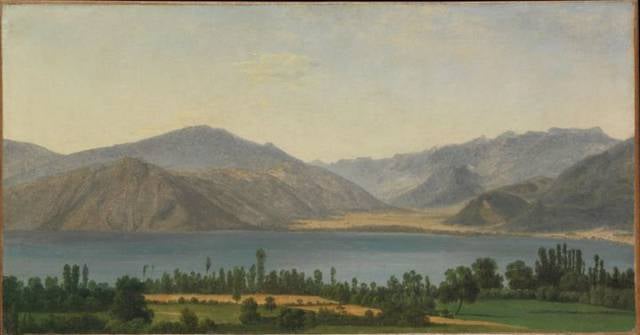
The Tunnels of Claudius are a hydraulic work made up of a long underground canal, six inclined service tunnels and thirty-two wells, which Emperor Claudius had built between 41 and 52 AD to control the variable levels of the Fucine Lake in Abruzzo, thus protecting riparian villages from floods and reclaiming the Fucine lands making them cultivable. Thanks to them, the lake waters flowed out through the belly of Mount Salviano from the Avezzano side along the almost 6-kilometre-long tunnel until they flowed into the Liri River on the opposite side of the mountain, under the old town of Capistrello. The underground canal represents the longest tunnel ever built since ancient times until the inauguration of the Fréjus Rail Tunnel occurring in 1871.
With the fall the Roman Empire, and during the Barbarian invasions, the main canal, not maintained anymore, became definitively clogged. Centuries later, starting from 1854, Alessandro Torlonia built the new canal, more than 6 kilometres (3.7 mi) long, mostly following Claudius' emissary. The new hydraulic work, starting from a monumental inlet (Italian: incile) situated near the lake south of Avezzano, known as Incile del Fucino (Fucine Inlet), allowed the definitive drainage of the lake.
In 1902 the hydraulic work was included among Italian national monuments; the tunnel area represents a site of archaeological and speleological interest, provided with a park inaugurated in 1977 with the purpose of protecting and exploiting the whole work.[1]
Address: Via E. Forlanini, 1, Avezzano
Orsini-Colonna Castle
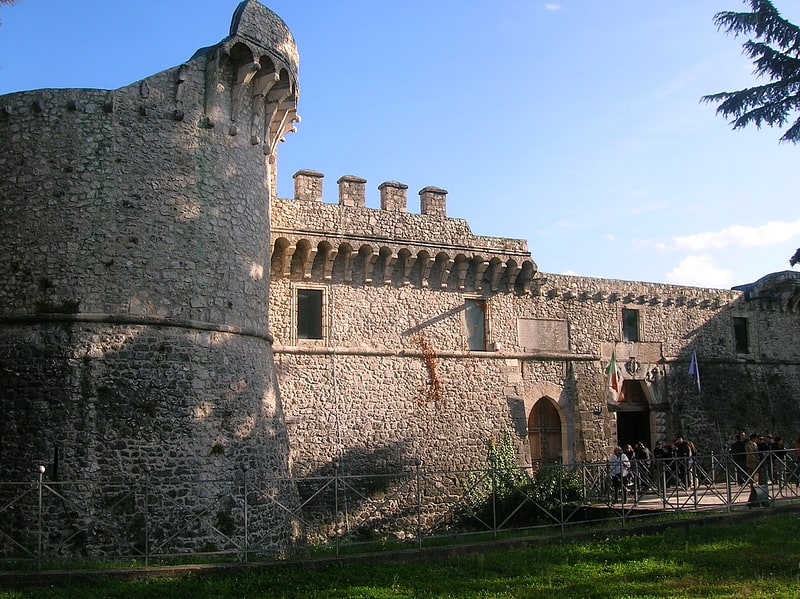
Also known as: Castello Orsini-Colonna
The Orsini-Colonna castle is a castle in Avezzano, Province of L'Aquila.[2]
Address: Piazza Castello, Avezzano
Avezzano Cathedral
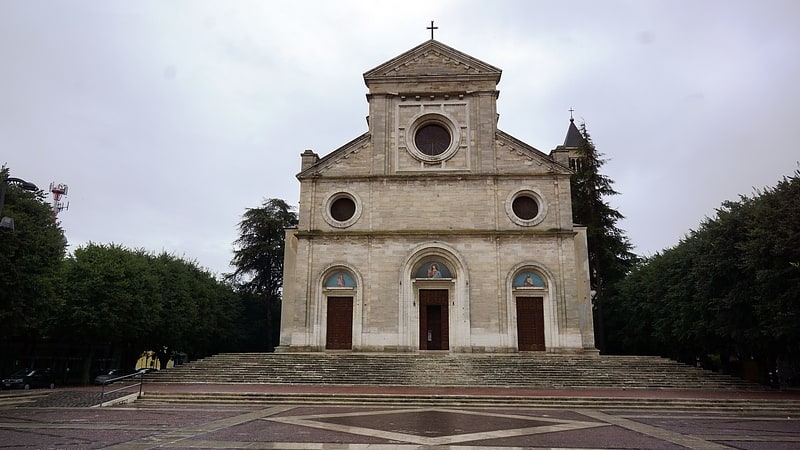
Also known as: Cattedrale di Avezzano
Cathedral in Avezzano, Italy. Avezzano Cathedral is a Roman Catholic cathedral dedicated to Saint Bartholomew in Avezzano, Abruzzo, Italy. There have been churches on the site since the 11th century but earthquakes have repeatedly destroyed them; the present cathedral dates from after the great earthquake of 1915.
Since 1924 the cathedral has been the episcopal seat of the Diocese of Avezzano, replacing the former Diocese of Marsi and its episcopal seat at Pescina Cathedral, which has since then been a co-cathedral in the new diocese.[3]
Address: Piazza Risorgimento, 67051 Avezzano
Monte Salviano
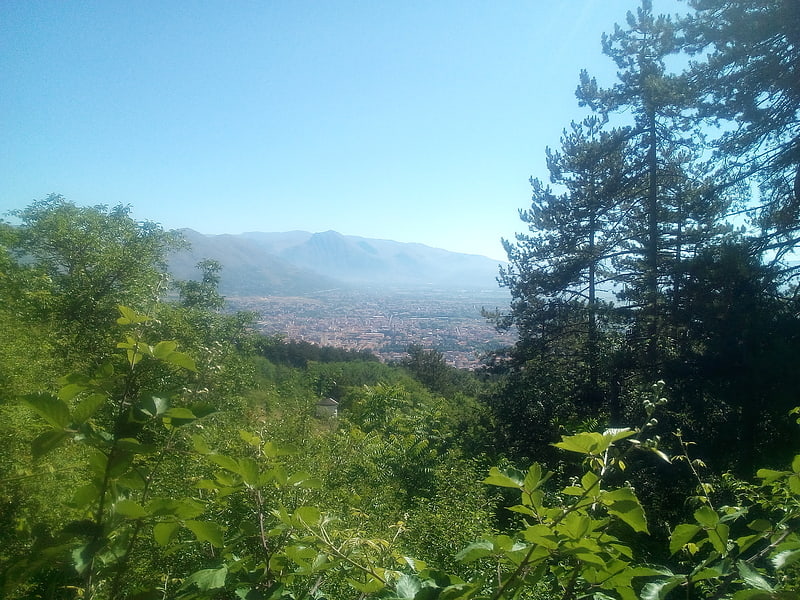
Monte Salviano is a massif in the Abruzzo Apennines, Central Italy. It includes the peaks of Monte d'Aria, Monte Cimarani and Monte San Felice. Since 1999 the area, falling within the municipal territory of Avezzano, has been included in the Riserva Naturale di Monte Salviano.[4]
Fucine Inlet
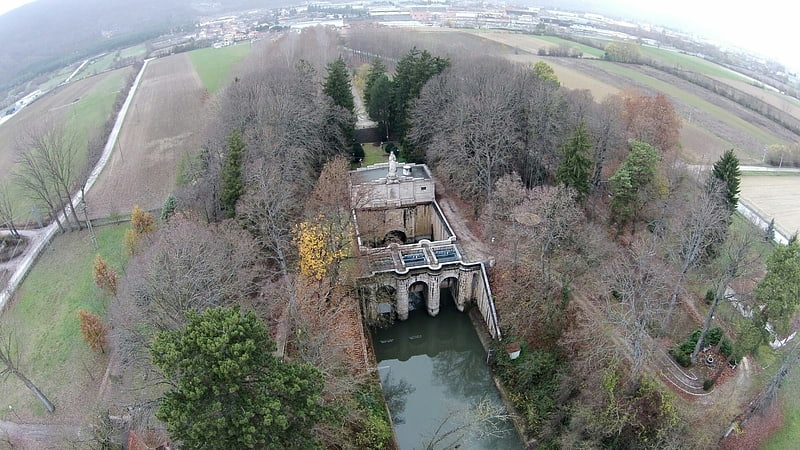
The Fucine Inlet is a monument built on the head of the main emissary of the Fucine Lake in Italy. It is made up of the three-arched bridge of the sluice gates and the about 7-metre-high statue of the Immaculate Conception rising above. It is situated in Borgo Incile, a locality south of the city of Avezzano, in the Fucine plain, Abruzzo, Central Italy. The facility necessary for the drainage of the Fucine Lake connects the outer drainage canal to the underground emissary which is served by the system of the Tunnels of Claudius in Mount Salviano. The monument was made in 1876 by architect Carlo Nicola Carnevali.[5]
Marsica
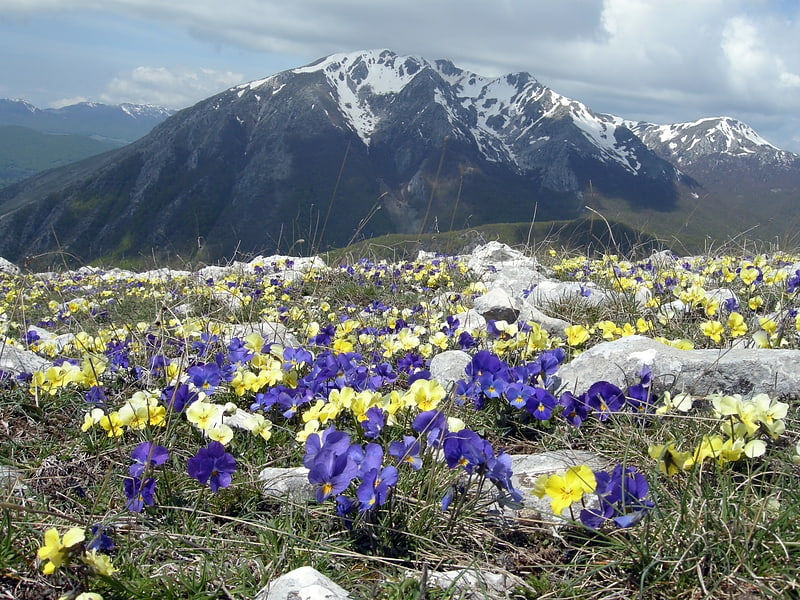
Marsica is a geographical and historical region in the Abruzzo, central Italy, including 37 comuni in the province of L'Aquila. It is located between the plain of the former Fucine Lake, the National Park of Abruzzo, Lazio and Molise, the plain of Carsoli and the valley of Sulmona.
The area takes its name from the Marsi, an Osco-Umbrian Italic people, and then from the Latin adjective marsicus. In the center of the area there is the Fucino former lake, dried up in 1877, surrounded by parks and nature reserves. Avezzano is the most populous city of the territory. Marsica has about 130,000 inhabitants as of 2019.[6]
Santuario Madonna di Pietraquaria

Also known as: Santuario della Madonna di Pietraquaria
Shrine in Italy. The Sanctuary of the Madonna di Pietraquaria is a church situated on Mount Salviano at about 1,000 metres ASL in the municipal territory of Avezzano, Abruzzo, Central Italy.[7]
Address: Santuario Madonna di Pietraquaria, località Pietraquaria, Avezzano